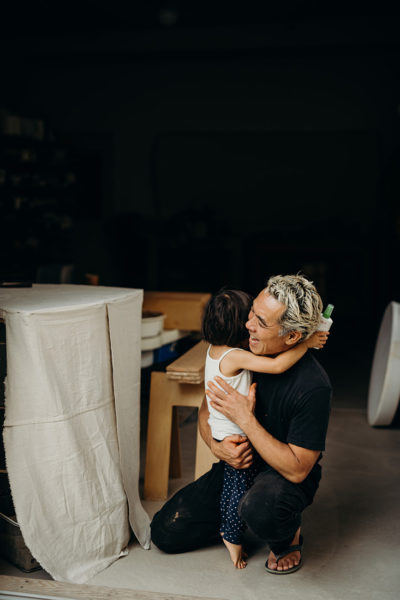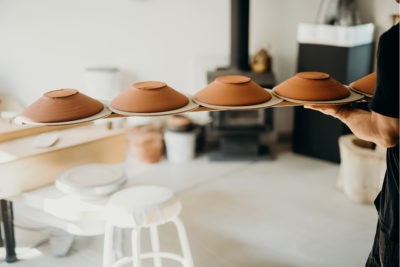
the voice of kazu oba
— q + a —
Foreign cuisine has the ability to cross borders and connect people through new flavors and textures, yet the vessels upon which these dishes are served are often the typical white, commercially available place setting. Although the status quo of shiny, white ceramics can draw more attention to the vivid presentation of food, Kazu Oba, owner of O’baware, dives deeper into the relationship between food and ceramics — and ultimately, the people that use them.



Discover more handcrafted wares from the Oba studio by visiting Kazu’s website.















SUBSCRIBE
to stay in the know
Your dose of the coolest properties, seductive architecture, influential design, art that matters and community happenings.

